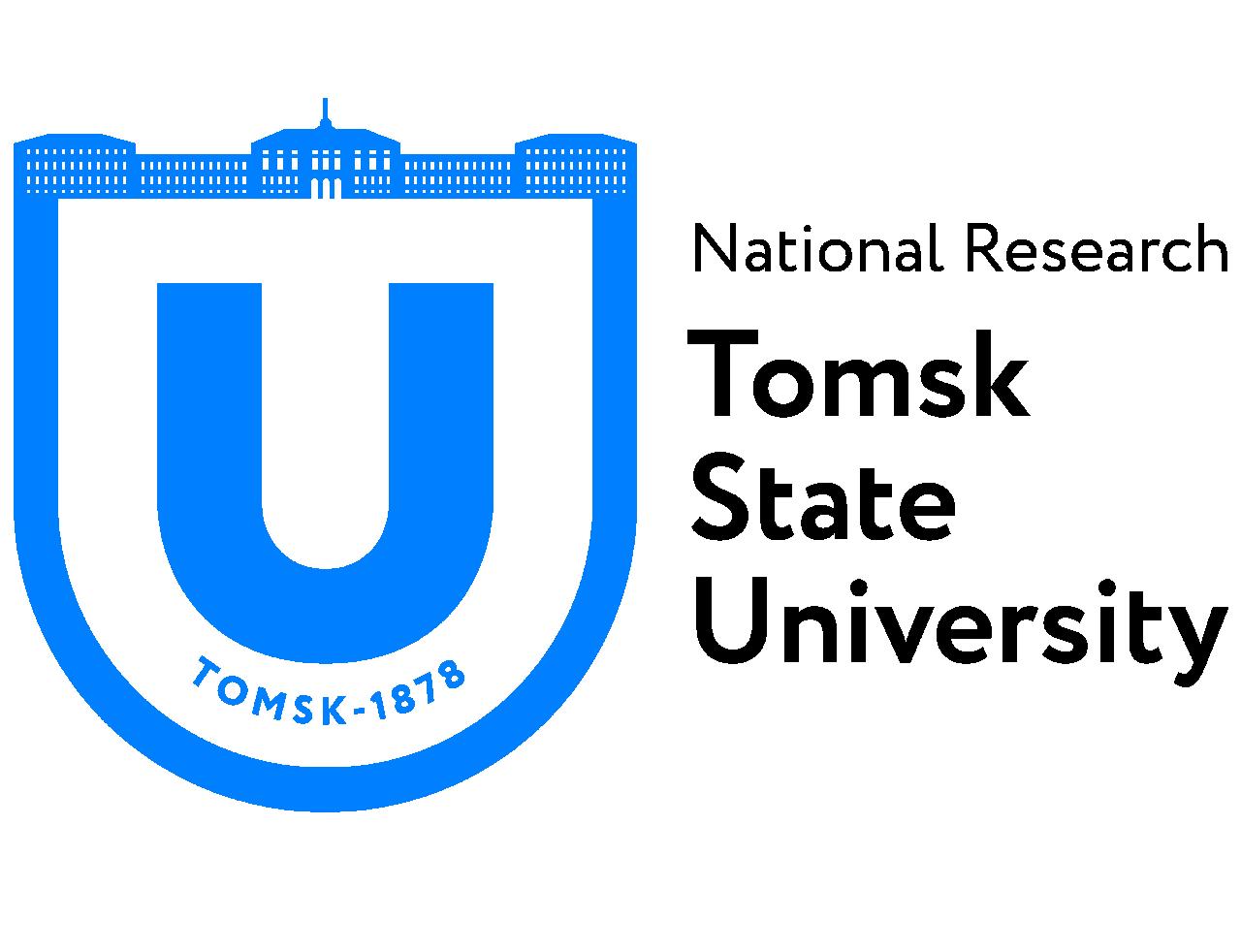Tomsk State University: Institute of Indigenous Peoples of the North will be TSU-based
During the congress of the Tomsk Region Association of the Indigenous Small-numbered Peoples of the North, hosted by Tomsk State University, a meeting was held to discuss the concept of the Institute of Indigenous Peoples of the North that is to be created at TSU. The Institute aims to gather research data necessary to develop methods that will help the Arctic population and other northern peoples adapt to the changing climate and implement education programs for members of the northern Indigenous peoples and for the territories they live in.
Various parties participated in the discussion: representatives of the Rector’s board of TSU and TSU scientists; representatives of the Tomsk Region administration; representatives of the Russian Association of Small-numbered Indigenous Peoples of the North; Yury Hatanzejsky, Deputy Governor of Nenets Autonomous Okrug for Indigenous Peoples Affairs; Dmitry Funk, director of the Institute of Anthropology and Ethnography of the Russian Academy of Sciences and TSU scientist; and others.
“The idea was born at the recent conference, ‘Adaptation of the Siberian Environment to Climate Change: Ecological and Social Aspects’, held in October by TSU and the General Consulate of Germany in Novosibirsk,” said Sergey Kirpotin, meeting moderator and the director of TSU Center of Excellence Bio-Clim-Land. “It was proposed by Grigori Ledkov, head of the Russian Association of Indigenous Peoples of the North (RAIPON), senator of the Russian Federation from Yamalo-Nenets Autonomous Okrug, and was supported by everyone. Today we need to determine the aims of the Institute. It is important that there be representatives of the various associations of the indigenous people of the North, including Vice-President of the Russian Association of Indigenous Peoples of the North.”
The environment of Siberia and Arctic is changing rapidly – due to climate change permafrost is thawing, and flora and fauna are shifting too. Warming processes are occurring everywhere on earth, but in Arctic zones, the change is much more drastic. Therefore it is vital to study these processes to understand the current situation and forecast, and to develop methods for mitigating the effects of climate change and help the population to adapt to new conditions.
“Under the program Priority 2030, TSU is implementing the strategic project ‘Global Earth Changes: Climate, Ecology, Quality of Life’, and the Institute of Indigenous Peoples of the North aligns perfectly with this already existing direction,” noted Victor Dyomin, TSU First Vice-Rector. “It is only logical to begin with designing the concept of the Institute and determining its areas of activity, which could be setting a research agenda to serve the needs of Indigenous peoples, developing citizen science to support this research, and sponsoring educational activities for Indigenous peoples.”
While discussing the needs of Indigenous peoples, Anna Otke, Vice-President of RAIPON, noted the lack of accessible quality education. Tomsk has the resources to become the center of education for Indigenous peoples of the North on the same side of the Ural Mountains. Tomsk is expected to become the platform for training people in a way that will raise the northern regions’ economy so that Indigenous people can experience economic and social stability.
As noted by Yury Hatanzejsky, Deputy Governor of Nenets Autonomous Okrug for Indigenous Peoples Affairs, Indigenous peoples live off traditional trades that are most affected by the changes in climate and environment. The future of Indigenous peoples is in danger.
“A climate model based on research data that will let us predict changes 5, 10, 15 years in the future would be invaluable for planning the development of the northern regions,” he noted.
After summarizing the speakers’ points, the final concept was proposed. The Institute will work in three major areas: climate research tailored to the needs of the region and approved by its representatives; education – training and the opportunities for sponsored education that take into account the interests of Indigenous peoples; and promotion of citizen science, which means involving Indigenous peoples in research activities.
As the scientists noted, Indigenous people can take measurements for monitoring. It will boost its effectiveness because data gathered from time to time during expeditions cannot show the full picture. Moreover, northern Indigenous peoples know the land they live on. Their information can be both vital to current studies and a starting point for further climate projects.

